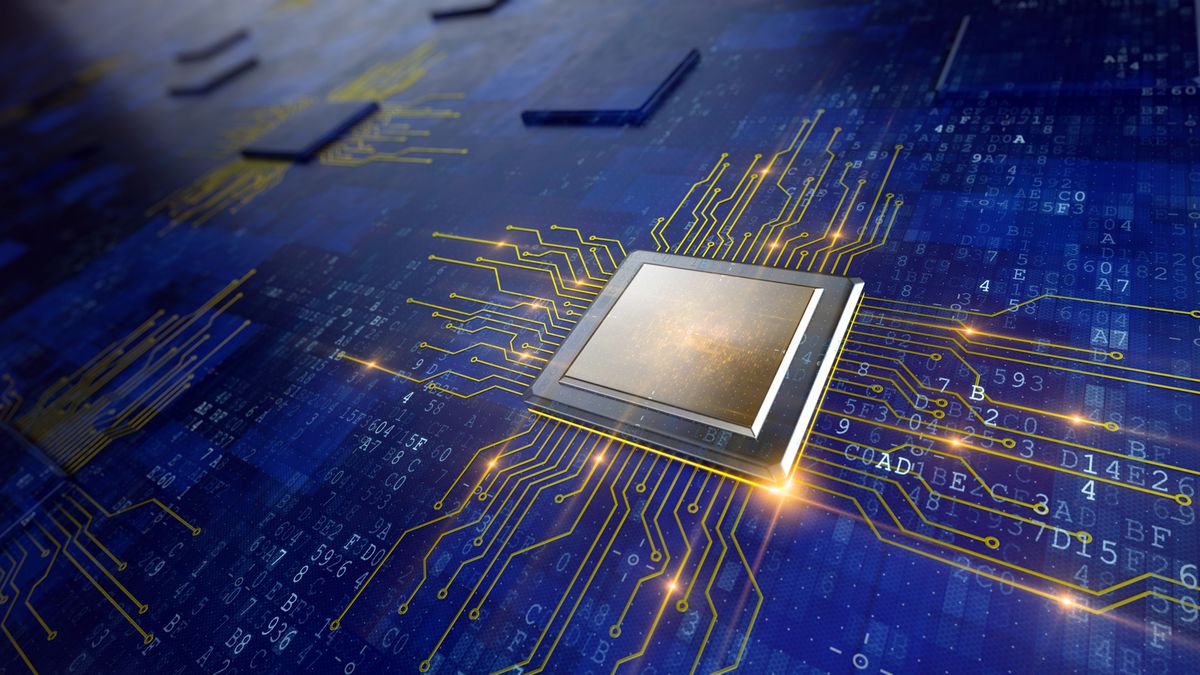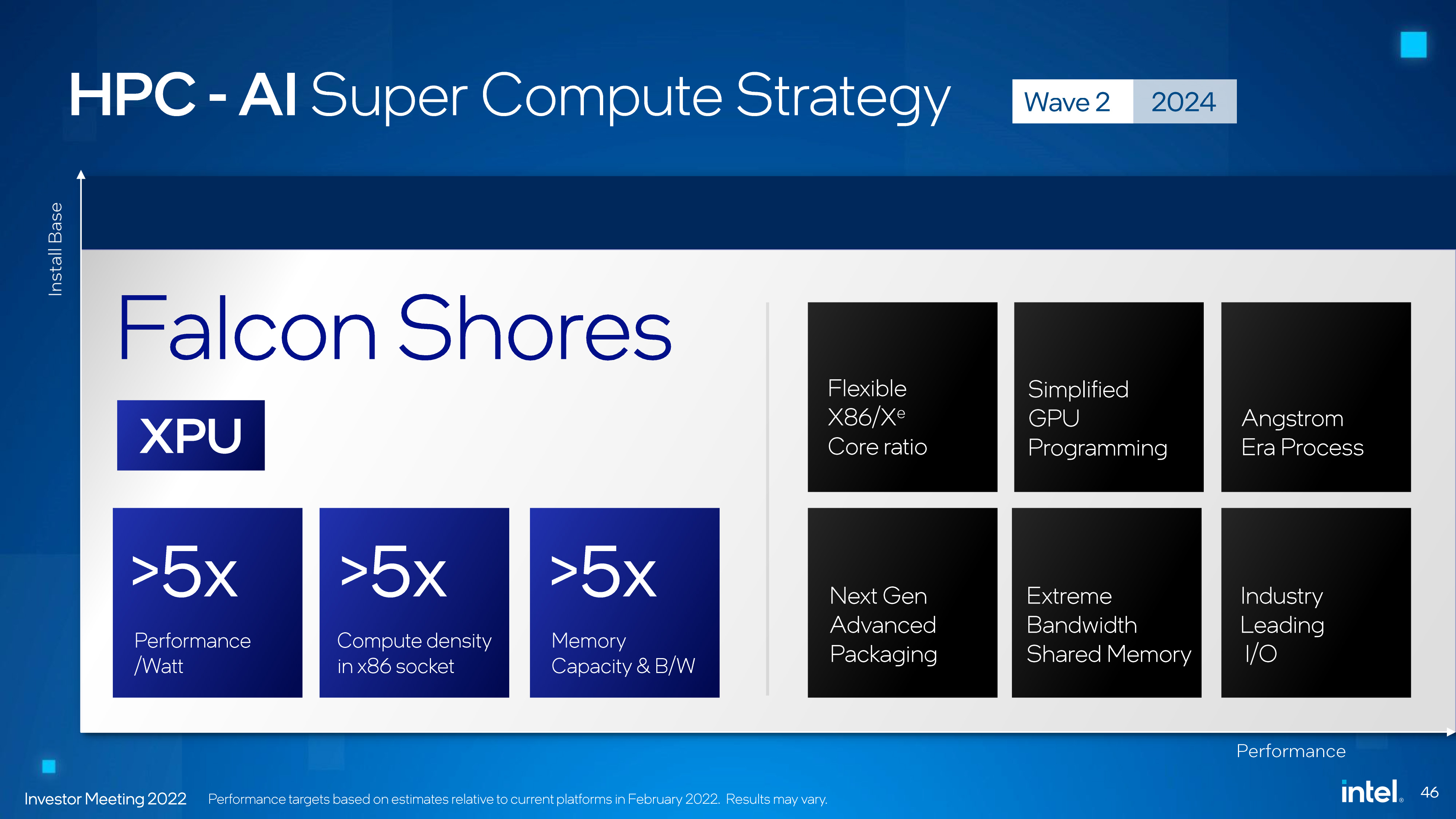[ad_1]
Intel has teased new Xeon chips that will collect CPU and GPU hardware into one socket to maximize performance across high performance computing (HPC) use cases.
Codenamed Falcon Shores, the new line of processors will combine x86 CPU cores with Xe-HPC GPU cores, with varying ratios depending on the intended workload. These cores will connect up to shared “high-bandwidth memory developed by Intel”.
The company says it expects Falcon Shores processors to arrive some time in 2024, paving the way for zettascale supercomputing systems.
Intel targets zettascale
Traditionally, supercomputers have relied on discrete CPUs and GPUs to support balanced performance across a range of workloads. However, Intel says the integration of both types of compute unit into a so-called XPU will have significant performance advantages.
“Falcon Shores will bring x86 and Xe GPU acceleration into a Xeon socket, taking advantage of next generation packaging, memory and IO technologies,” said Raja Koduri, who leads Intel’s Accelerated Computing Systems and Graphics segment.
Such a system will offer “huge performance and efficiency improvements for systems computing large data sets and training gigantic AI models”, he says.
Specifically, Intel expects Falcon Shores to offer a five-fold increase in compute density per socket, memory capacity and bandwidth, and performance per watt, in comparison to hardware on the market today.
The new line of processors will supposedly act as a stepping stone towards achieving Intel’s goal of enabling zettascale systems by 2027. For context, the latest supercomputers are only now beginning to break the one exaFLOPS barrier, a feat of performance 1,000x lesser than a zettascale machine would be capable of.
However, Intel is confident that Falcon Shores will bring together all the ingredients required to take HPC systems to this next level within just half a decade.
“Beginning with the technology foundation we have today, you need significant revolutionary gains in architecture, in power efficiency and thermal management, in process and packaging technology and in memory and IO capacity and bandwidth,” noted Koduri.
“[But] we have our advanced technology teams already on their way with inventions to pave the path to zettascale.”
- Also check out our lists of the best dedicated server hosting and best bare metal hosting around
Via Tom's Hardware
[ad_2]
Source link





